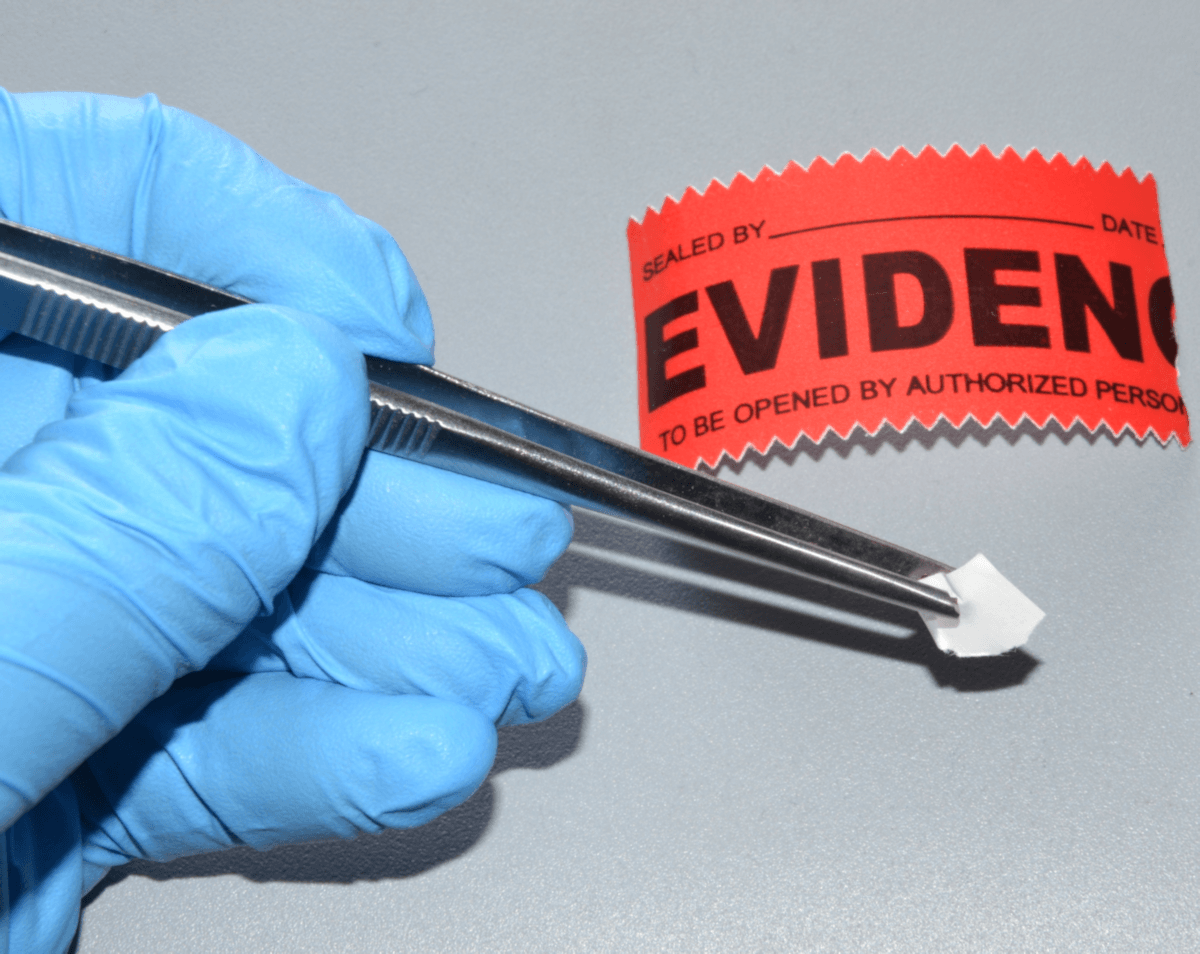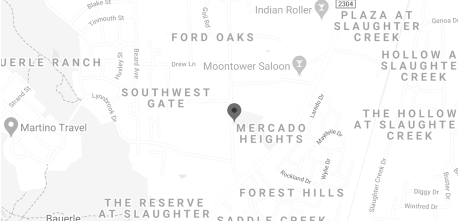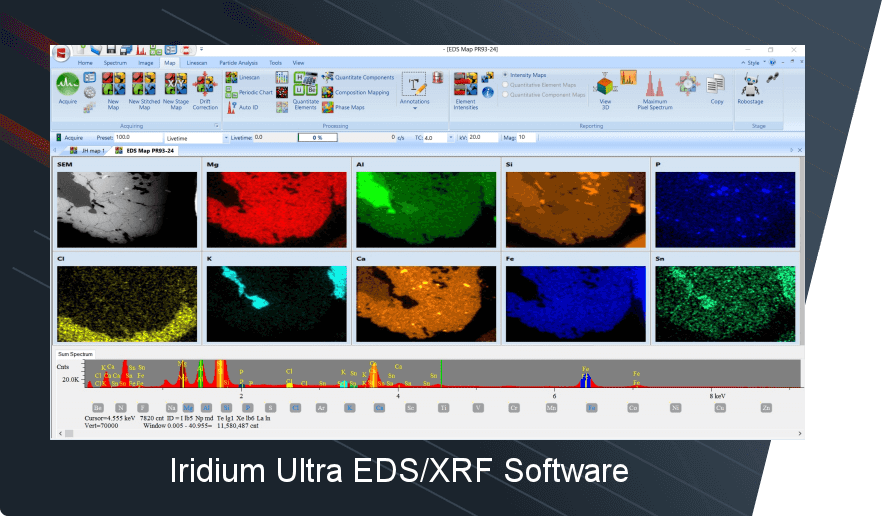X-ray fluorescence (XRF) is a very useful and versatile tool to forensic scientists. It is a non-destructive technique, which is particularly advantageous if the sample is limited or further analysis is needed. Not only is it a non-destructive technique, it requires essentially no sample preparation. The ATLAS from IXRF Systems is a small spot µ-XRF unit which is capable of analyzing extremely small samples down to 10 microns or scanning a small area of interest. µ-XRF is especially useful for analyzing trace levels of elements in the ppm range, which can mean differentiation where other techniques falter or it could add to the weight of the evidence by showing samples cannot be differentiated.
ATLAS can be used to analyze a wide variety of sample types, including but not limited to: glass chips, rubber, paint, soil/geological material, metals, money/coins, glitter, and more.
ATLAS is the only µ-XRF unit that has software that automatically processes and presents data according to the specifications in the ASTM method: “ASTM E2926-13 Forensic Comparison of Glass using Micro-XRF Spectrometry”. The use of the software eliminates potential sources of human introduced error within the numerical data.
ATLAS is a very powerful tool capable of single or multi-spot analysis as well as elemental mapping to identify location of elements within a sample. This is extremely useful for paint chip/layer analysis.
Due to the micron-sized spot of ATLAS different layers of paint chips are easily resolved not only elementally but also by comparative concentrations from one sample to the next. This can help differentiate closely related samples by the coating, paint, or base coat in any combination. ATLAS can also be used as a bulk spot size XRF for homogenous evidence materials such as soil, metals, or other unidentified materials.
XRF can help distinguish between two very closely related steel standards by comparing trace levels of elements. Shrapnel from a pipe bomb scene could be compared to metal shavings found in a suspect’s garage.
Identify trace elemental similarities or differences between tire mark and tire. Scrapings from a tire mark at a hit and run scene can be compared to a suspect vehicle.
XRF can easily identify differences between common potting soil and contaminated soil. Soil found from a shoe print at a crime scene can potentially indicate the suspect has been to or is from a specific region.









